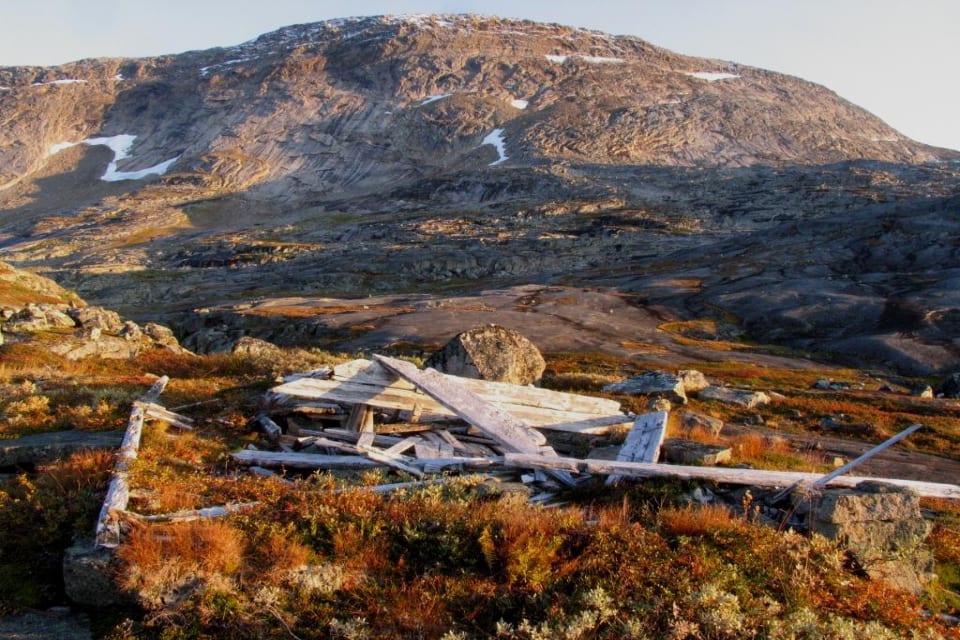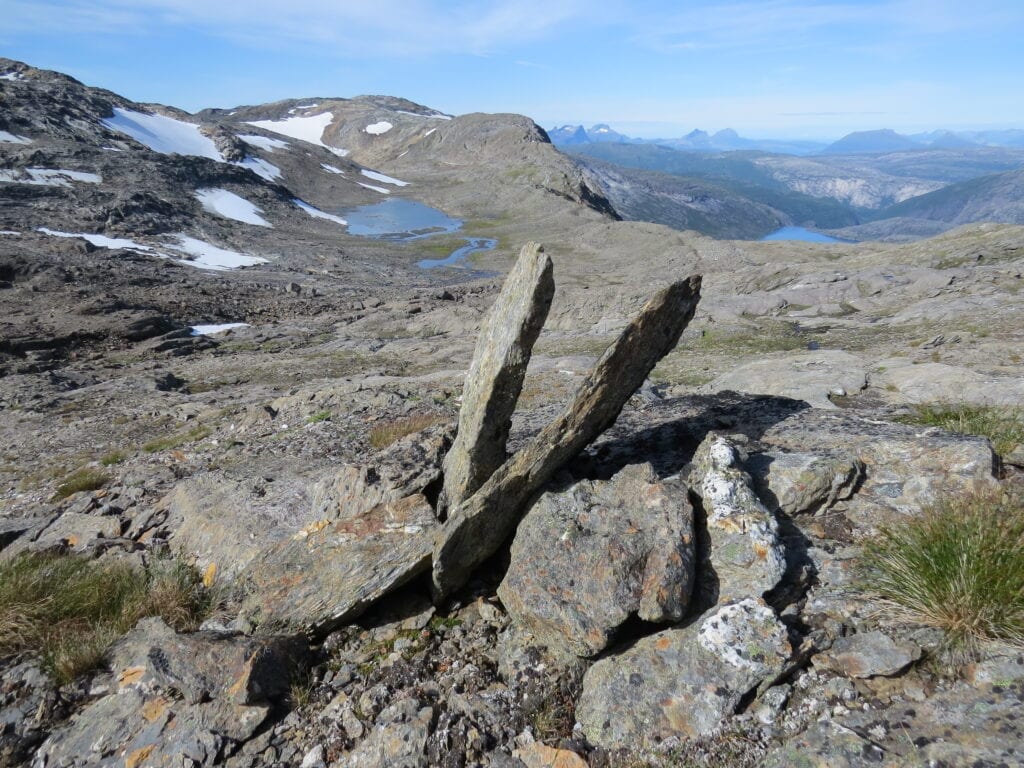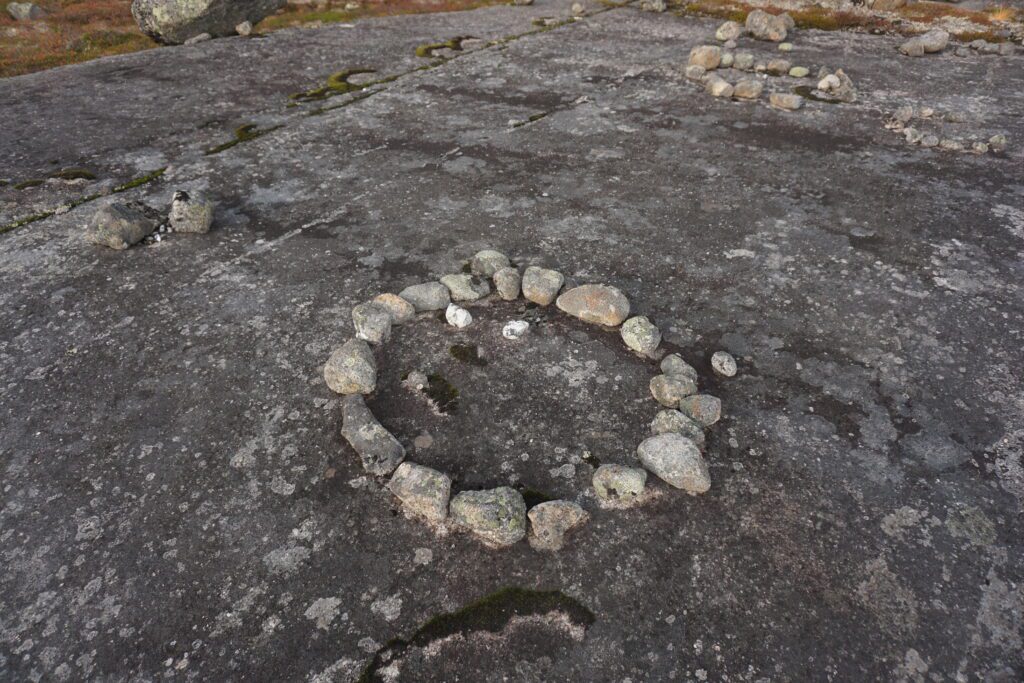
Mining at Ragotoppen
During World War 1, rising prices led to increased interest in the mineral deposits in Rago. In 1916, prospecting for ore, silver and zinc around Ragotoppen was initiated. The workers lived at Ragobrakka. The barracks have now been demolished, but the remains keep the story alive. Mining so far away from civilization was hard work, and the minerals had to be carried out by foot in heavy sacks a couple of miles in very challenging terrain.
Linnés travels through Lapland
The naturalist, physician and father of modern taxonomy, Carl von Linné, wandered through Lapland in 1732 to study and collect plants. In his travels through Rago, he got two Sami companions. Linné was impressed by the Sami and described them as having “iron health”. Linné’s studies in Lapland were published in 1737. “Flora Lapponica” contained new scientific knowledge, and was the first time two-part scientific species names in Latin were used, such as Diapensia lapponica (pincushion plant).


